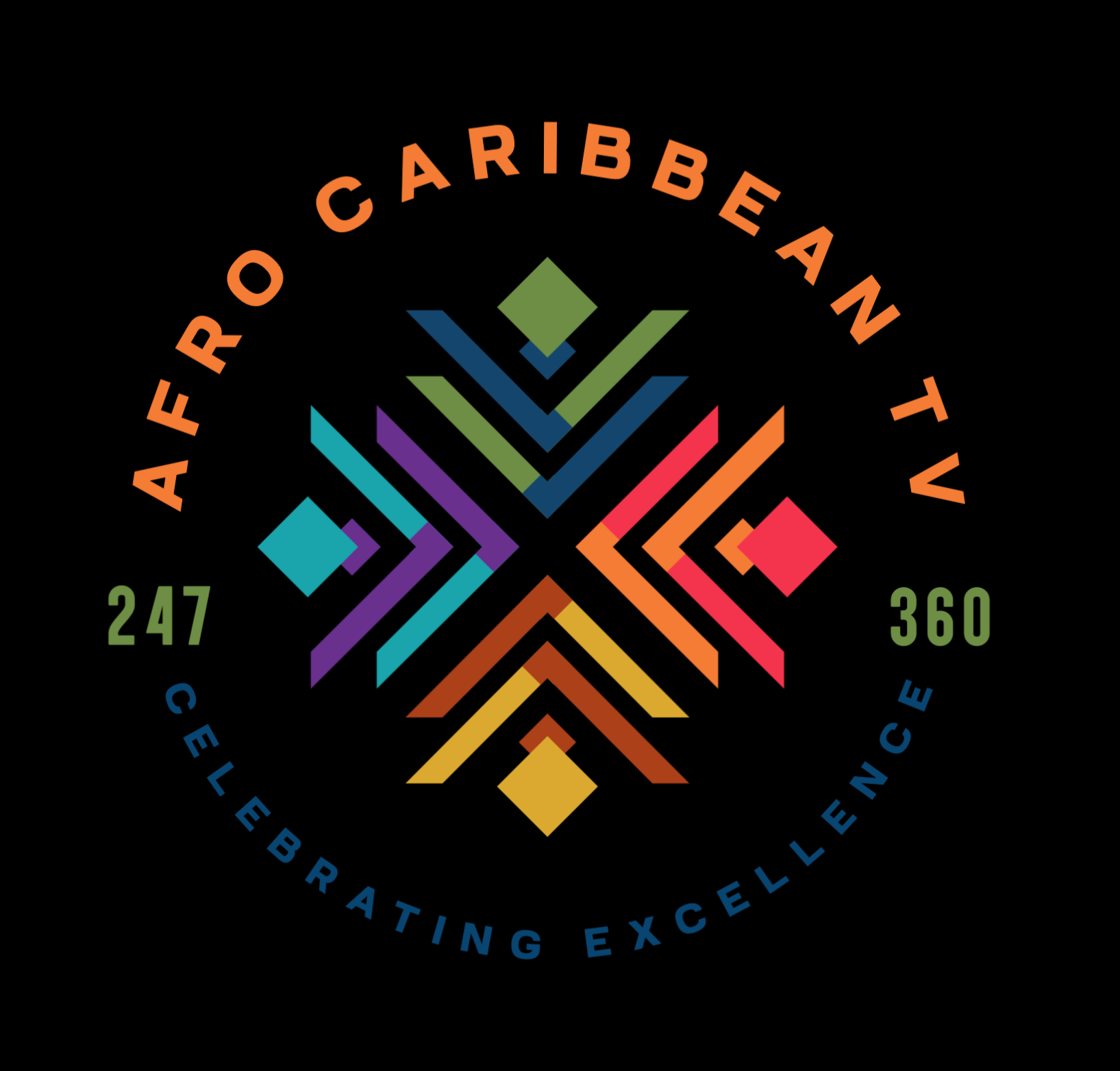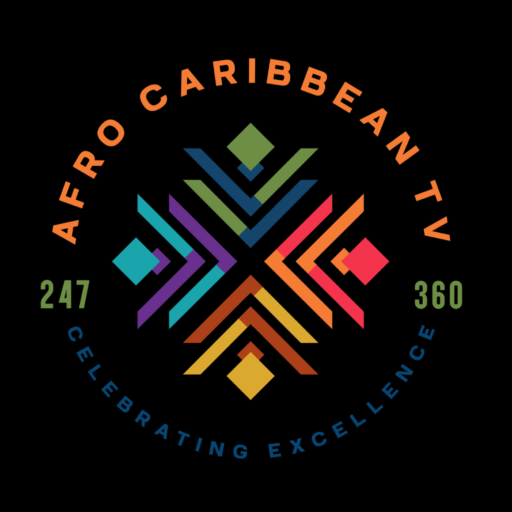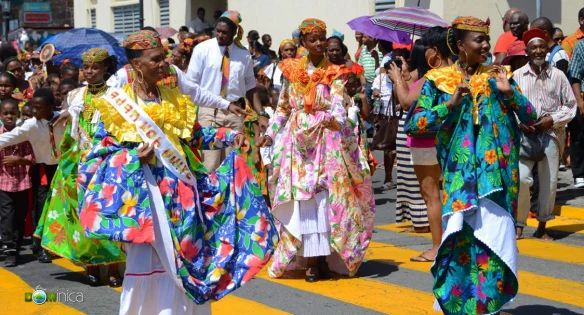Here is an overview of the cultural dresses of Dominica, reflecting the island’s vibrant Creole heritage and colonial history:
Cultural Dresses in Dominica
Traditional clothing in Dominica is colorful, symbolic, and worn proudly during Independence Day celebrations, Creole Day (Jounen Kwéyòl), and cultural festivals.
1. Wob Dwiyet (or Wob Dwyiet)
- National dress of Dominica, especially for women.
- Introduced during the 18th–19th century colonial era, influenced by French Creole fashion.
Features:
- Full-length dress made of cotton or satin.
- Decorated with lace, ribbons, and embroidery.
- Worn over petticoats, often with elaborate sleeves.
- Often paired with traditional jewelry like gold chains and earrings.
Accessories:
- Tête en l’air (head tie or headwrap):
- Made from madras fabric (a colorful plaid cloth).
- Folded in specific ways to symbolize marital status:
- 1 peak = single
- 2 peaks = engaged
- 3 peaks = married
- 4 peaks = open to love
2. Madras Dress
- Made from Madras fabric, a multicolored plaid material originally from India.
- Worn by women in the form of skirts, blouses, or headwraps.
- Symbol of Caribbean Creole identity.
- Men may also wear shirts made from Madras during festivals.
3. Cultural Wear for Men
- Traditionally, men wear:
- White shirt and black pants
- Colorful Madras sash or waistband
- Sometimes a jacket for formal celebrations
- During festivals, men may also wear straw hats and cloth belts.
4. Festival and Performance Wear
- During cultural dances (like quadrille or bele), women may wear:
- Flowing skirts
- Puffy sleeves
- Aprons and lace-trimmed tops
- Colors are bright and festive—symbolizing freedom, joy, and heritage.
When These Dresses Are Worn
- Jounen Kwéyòl (Creole Day) – late October
- Independence celebrations – October to November
- National dress competitions
- School events and cultural parades
- Weddings and traditional ceremonies



